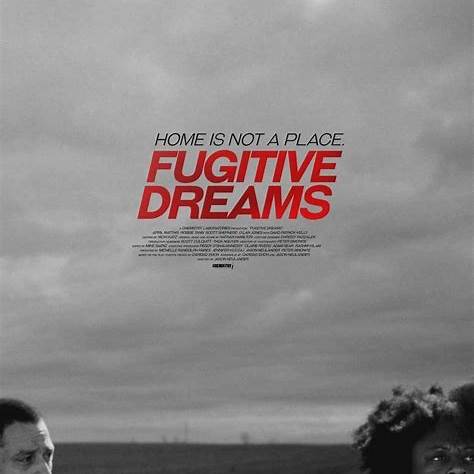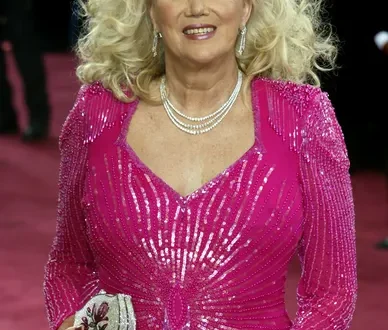Fugitive Dreams unfolds like a fever dream along the rails of America—unsettling, poetic, and deeply human. Directed by Jason Neulander and adapted from Caridad Svich’s play, this 2024 release invites viewers into a fragmented journey across a dreamscape America, carried forward by the trembling hope of two lost souls. The film does not follow a traditional plot; instead, it drifts between moments of empathy, despair, and quiet grace, with a non-linear narrative that feels fittingly disorienting.
John, with the innocence of a child and the confusion of adulthood, saves Mary from a spiraling act of despair. She’s hardened by hopelessness and fight. Together, they hop freight trains and wander forgotten highways, encountering spectral figures—Israfel, Providence, Henri—who appear as strange guardians, tormentors, or guides. These encounters feel symbolic, a chorus of outcasts speaking through gestures, ambiguities, and unspoken wounds. Their exchanges are anchored by dialogue that is at once stark and lyrical—sharp yet loaded with unsaid pain.
Visually, Fugitive Dreams is a striking contrast of black-and-white austerity and sudden surges of color—emerging in moments of emotional clarity. The cinematography renders the American heartland with stark beauty: endless wheat fields, abandoned structures, long horizon lines. The transition into color is sparse but affecting: a bruise, a memory, a spark of intimacy between the wandering pair. These visual decisions deepen the film’s themes—memory and longing manifesting in the palette itself.
The film is atmospheric above all else. Dialogue pulses with urgency and revelation. John’s repeating question, “Are you John Aitken?” echoes with meaning, even if the answer never quite resolves. The film avoids easy explanation. It resists clear definition and instead invites the audience to experience uncertainty as part of its core. At times it feels like a meditation on Steinbeckian archetypes brought into a surreal present, at other times like a haunting stage play unraveling against an endless horizon.
Yet the film is not without nuance. Viewers willing to embrace its ambiguity will find depth in its reflective pauses: a scarecrow rocking by the tracks; a fleeting embrace; the screech of Providence. Some narrative arcs remain hazy—the dramatic fragments of Mary’s trauma, John’s past, the motivations of the ghostlike passengers they meet. But that lack of clarity seems deliberate—an exploration of humanity under erasure, where stories unravel in fragments rather than tidy arcs. In that way, the film feels more honest about lives suspended on the edge.
Performances remain the film’s emotional backbone. April Matthis brings a furious grace to Mary—her rage, sorrow, and embers of hope flicker palpably in her eyes. Robbie Tann’s John is softly broken, oddly hopeful, and fiercely alive. Their chemistry grounds the surreal structure in palpable longing and wounded resilience. Supporting performances add textured echoes—David Patrick Kelly’s Henri Gatien, for instance, lingers like a bitter memory in the brain’s edge.
Fugitive Dreams demands patience and a willingness to unravel. It’s a film about being stranded, about stories colliding in limbo—and ultimately, about finding connection in the fragments. It’s not plot-driven; it is feeling-driven. If that doesn’t appeal, the movie may drift away. But for those receptive to cinematic impressionism, it offers a rare kind of emotional clarity: that to be human is to be searching, and sometimes the only home we find is in another person’s empathetic gaze.
In an age when so much film rushes toward resolution, Fugitive Dreams offers a quiet but profound retreat into what it feels like to wander and to find home—not in a place, but in someone’s hand reaching out across the tracks.




